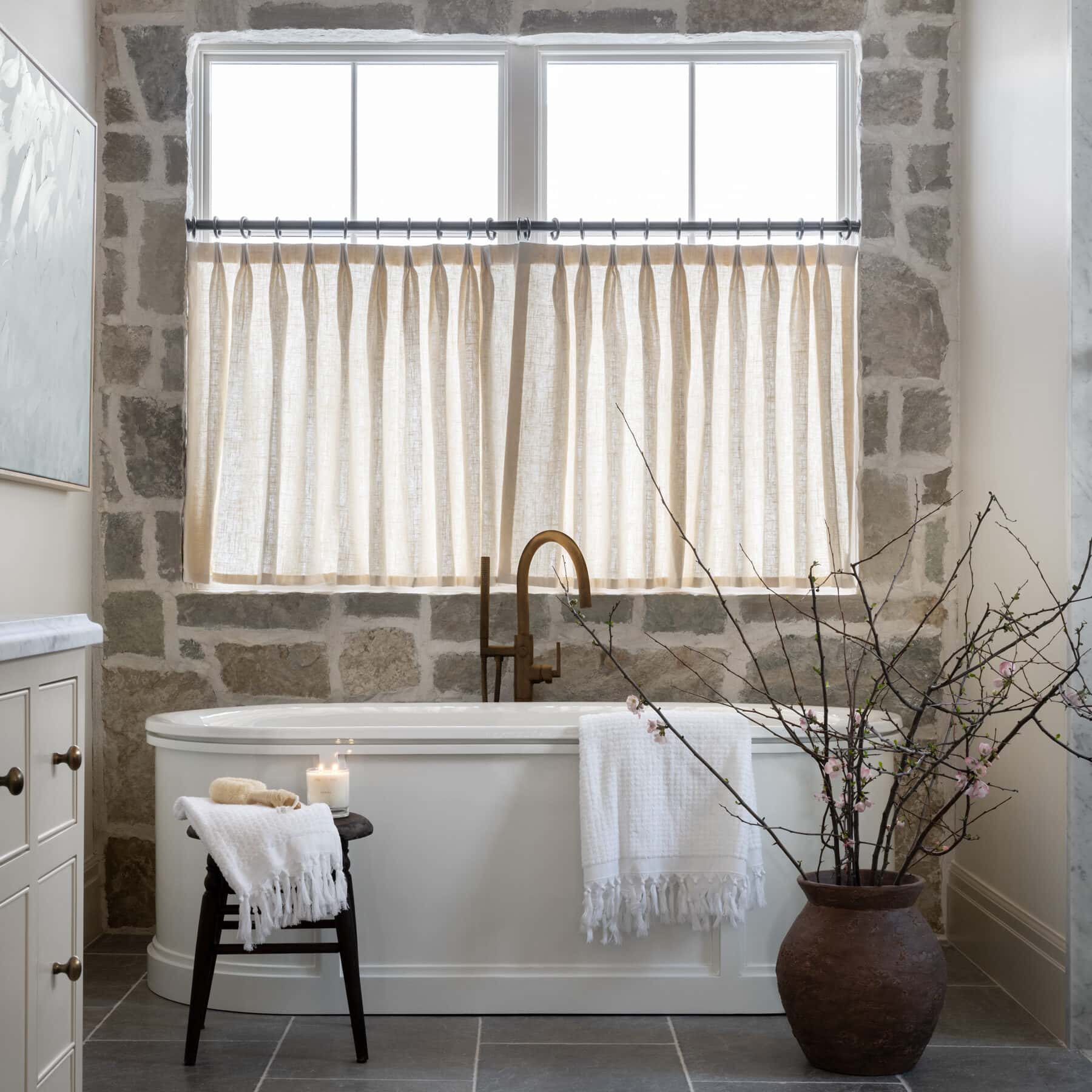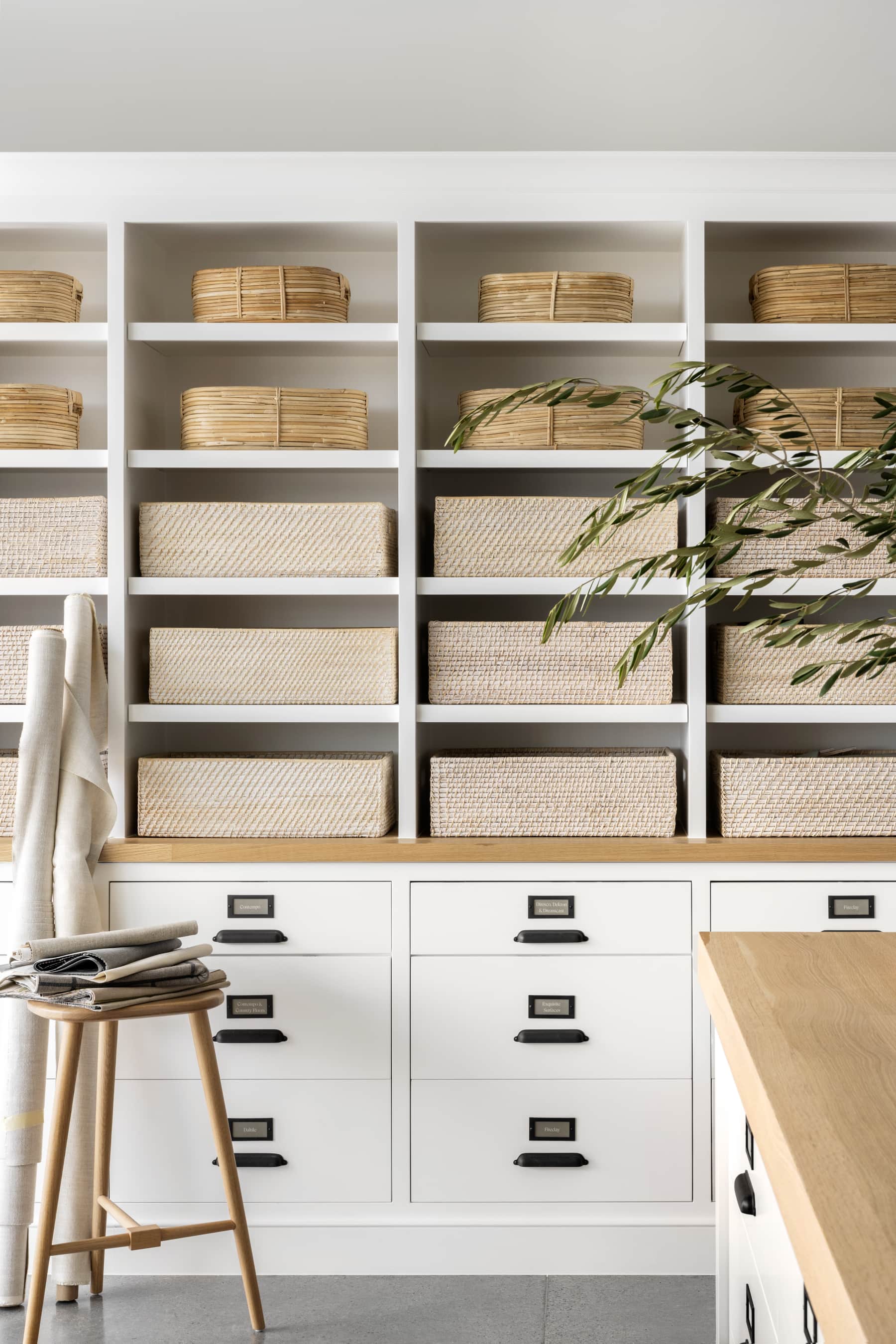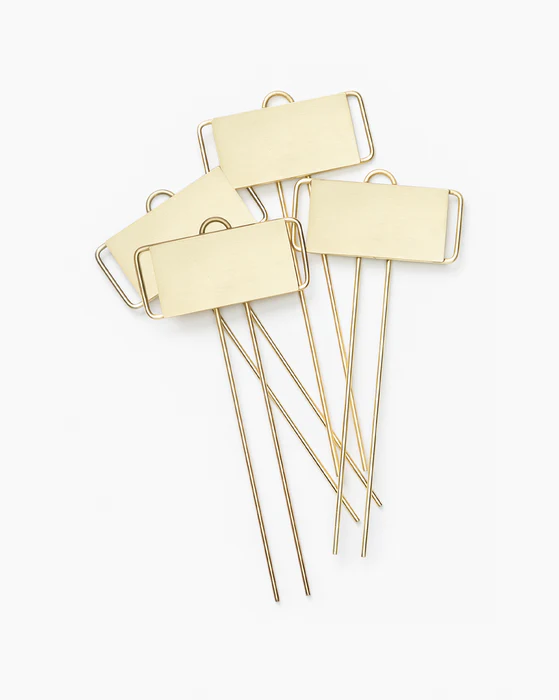
Prepping Your Garden for Spring
Remove the rust, pull the weeds, sharpen the edges of your shovels and trowels, springtime is nearly here. Here, some of our favorite gardeners show us how.
28 February 2023 -
We love the changing of the seasons—
—especially when it means the dark, cold days of winter are behind us and spring is starting to announce its presence. Here at Studio McGee, we can’t wait to start enjoying the outdoors again, few things bring us more joy than time spent in our own yards and gardens. In anticipation for the coming months, we went to some of our favorite gardening experts on the web to share their spring gardening tips. Grab your favorite shovel and watering can and get ready to soak up their green thumb gardening know-how. Here, how to prep your garden for springtime planting.
Megan Gilger of Fresh Exchange
Tip No. 01 | Lean into perennial and native plantings
So many people get really focused on just growing flowers, veggies, and herbs, but perennial and native plants are not only easy to maintain, but they can be planted earlier in the season and will provide additional support to the ecosystem around you. If you have more good bugs, they will lower your predator bug pressure. I always encourage gardeners to plant a selection of perennial and native flowers, grasses, and shrubs—they are lovely and require little work once they are well established.
Tip No. 02 | Wait to weed
If you have an existing garden, I suggest waiting to weed. Go ahead and lay your fresh compost on your beds, but let nature show you what it wants to reseed. You may get some of your most resilient and productive flowers and veggies to come up without any work on your part. I love to see what comes back after the winter months. Once everything has revealed what it is fully, then I weed heavily and let things go from there.
Tip No. 03 | Pay attention to timing
When you’re getting ready to plant, remember that not everything goes in at once. Some things like to be directly seeded or planted early before your last frost and others may need to wait 1-2 weeks after you clear your last frost. Paying attention to the overnight lows and reading about the plants thoroughly will lead to your best guess on timing.
"Every gardener needs a great shovel for everything from trenching for seeds to propping up a garlic bulb for harvest.”

Gardening Shovel by McGee & Co.


Erin Benzakein of Floret Flowers
Starting your own seeds is a great way to get a jump on the season. It also gives you access to hundreds of special varieties that you won’t find at your local nursery. It’s the most affordable way to fill a cutting garden fast.
"Starting your own seeds is a great way to get a jump on the season. It also gives you access to hundreds of specialty varieties that you won’t find at your local nursery and is the most affordable way to fill a cutting garden fast."



Bailey Van Tassel
A successful spring starts in the soil. Be sure to amend your garden beds, whether you’re working with in-ground or raised beds. Add in a mix of high-quality compost (I’d say at least four inches added on top of your soil gently cultivated into the top layer of your bed) with some worm castings and some kelp meal to really be sure and start off on the right foot. All great gardens have soil that’s full of nutrients and microorganisms. Once that is established, get to planting. And as a bonus tip, always add more pollinators. Veggies grow best with flowers to draw in the birds, bees, and butterflies.
“A great harvest basket is spring's best tool because it doubles as a decor piece. Inevitably we end up with a tray full of veggies on the counter after collecting the day's bounty. Garden-to-counter is the best type of function."

Rattan Gardening Tray by McGee & Co.



Alyson Morgan
My number one piece of gardening advice is to be curious. don’t be afraid of failure and let yourself sink into the process. the dreaming + planning, the envisioning, the seeds, the soil, the wait + expectation. from borrowing gardening books from the library during winter to starting seed swaps with friends over tea or wine! there is so much to learn from the process when you can let go + have fun! whether you have a large garden or just a few pots, start where you are.


Kaleb Wyse of Wyse Guide
With spring right around the corner, the herbs that will soon grow in the garden are on my mind. At the top of my list is mint, one of my favorite herbs in both savory dishes and tea-making. The problem is that mint wants to take over the garden. One of the best ways to solve this is to grow mint in a container. Since it’s a vigorous grower, mint will adapt to any size pot in which it’s planted. That’s why containing the plant in a defined space rather than an open garden bed keeps everything manageable and beautiful. And the pleasant surprise is that it’s hardy enough to survive harsh winters in a container and come back year after year.
“These baskets are an excellent container for mint. They're poly-rattan that will stand up well to any weather. Plus, the baskets are lightweight with handles and can easily be carried into an unheated garage or shed for more winter protection!”

Handled Planter Baskets by McGee & Co.



































































